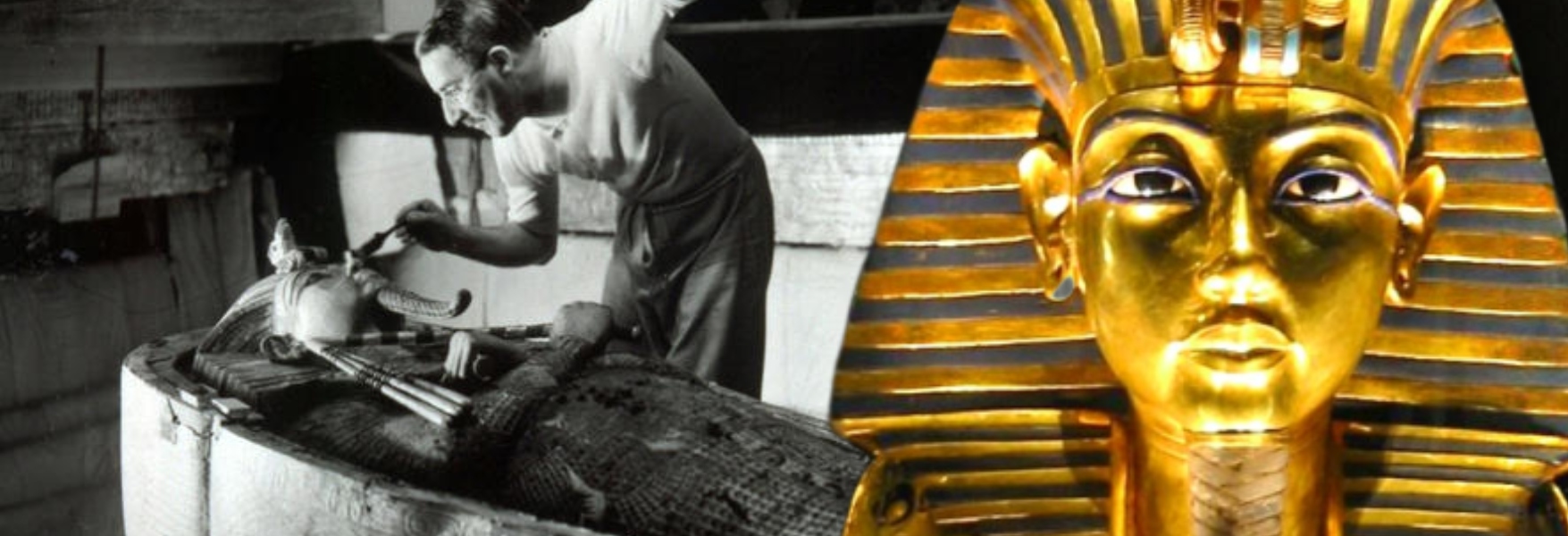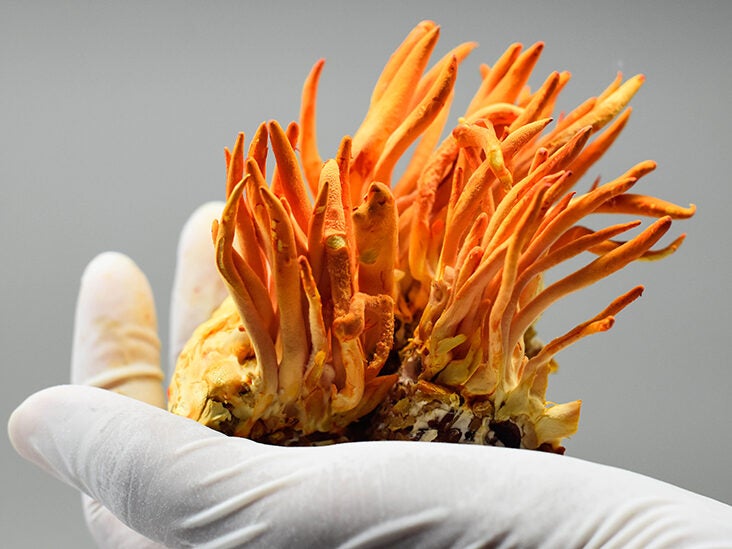For almost a century, the supposed curse of King Tutankhamun has captured the imaginations of historians, archaeologists, and laypeople alike. Tales of mysterious deaths, illnesses, and misfortunes have swirled around those who dared to enter the young pharaoh’s tomb. One theory that has emerged suggests that an ancient fungus may be the true culprit. In this post, we dive deep into this fascinating theory to determine its validity and shed new light on the mystery that is King Tut’s curse.
The tumultuous story of King Tut’s curse began in 1922 when archaeologist Howard Carter discovered the young pharaoh’s tomb in Egypt’s Valley of the Kings. Tragically, Lord Carnarvon, the expedition’s financial backer, died shortly after the tomb’s unsealing due to an infected mosquito bite. This event set off a chain of macabre events, with several other individuals associated with the discovery suffering untimely deaths, illnesses, or misfortunes.
Amidst the ensuing hysteria, various theories were proposed to explain the apparent curse, but one has recently gained traction: the presence of dangerous molds and fungi within the tomb.
Some scientists have suggested that the deadly curse may, in fact, be a biological agent—specifically, the tiny spores released by fungi and mold growing within the tomb. The potentially toxic spores are believed to have proliferated in the dark, damp conditions, leading to serious health problems for those exposed.
Two primary culprits have been identified: Aspergillus niger and Stachybotrys chartarum. Aspergillus niger is known to cause severe health problems, especially in individuals with weakened immune systems, while Stachybotrys chartarum, commonly referred to as black mold, produces mycotoxins that can cause respiratory issues and other symptoms.
Critics argue that the ill effects of the fungus on tomb visitors are largely anecdotal and not backed up by sufficient scientific evidence. However, there are notable cases supporting the theory. In 1999, Dr. Caroline Stenger-Phillip detected Aspergillus niger in the tomb of a New Kingdom princess and claimed that it had caused severe respiratory illnesses among the workers restoring the tomb. Additionally, in 2001, Italian scientists found traces of Aspergillus niger and other molds in King Tut’s tomb during a microbiological analysis, further reinforcing the credibility of the fungus theory.
While the fungus theory provides a plausible explanation for some cases, it does not account for the entirety of the mysterious occurrences related to King Tut’s curse. Many of the unfortunate events surrounding the tomb’s discovery have been exaggerated or entirely fabricated, driven by sensationalist media and the public’s fascination with the enigmatic legend.
Ultimately, the nefarious “curse” of King Tut may have done more to pique our curiosity than harm those who dared to disturb the pharaoh’s eternal rest. Although the fungus theory provides a fascinating and plausible explanation for some aspects of the curse, the reality is far less supernatural and far more grounded in the realm of science and history.








